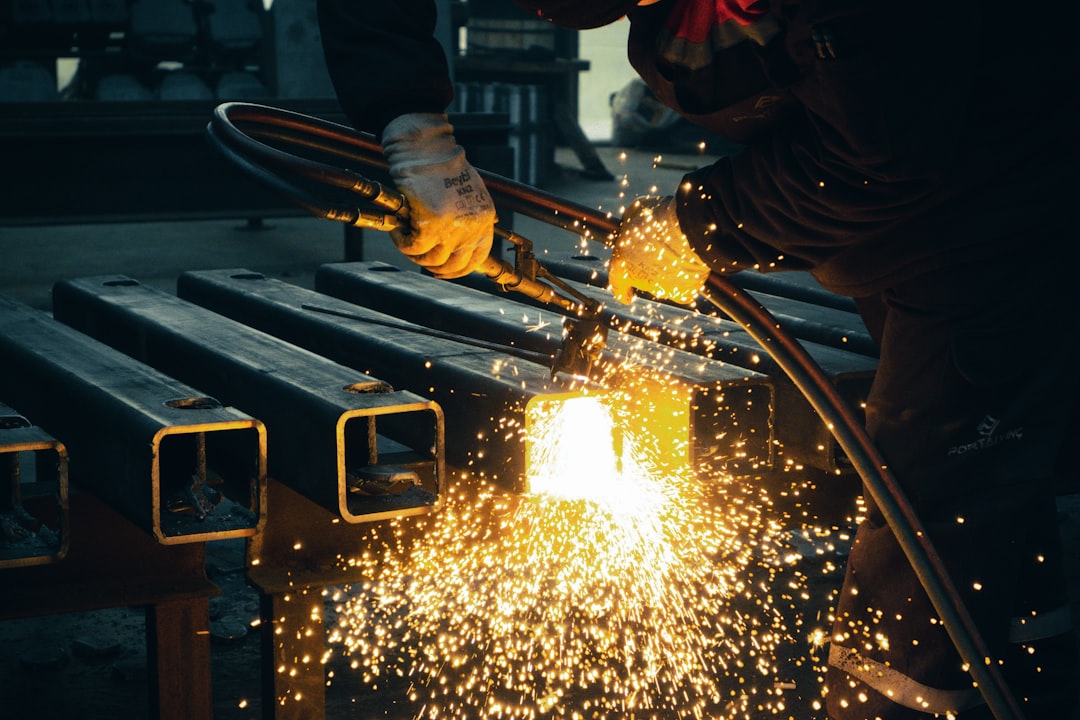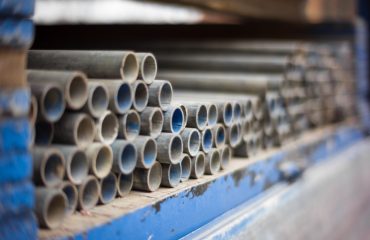body { font-family: sans-serif; line-height: 1.6; }
h1, h2, h3 { color: #333; }
h1 { font-size: 2.5em; }
h2 { font-size: 2em; }
h3 { font-size: 1.5em; }
code { background-color: #f0f0f0; padding: 2px 4px; border-radius: 4px; }
The international steel trade is a complex business, involving intricate logistical arrangements and a clear understanding of contractual obligations. Two crucial terms that define the responsibilities and costs associated with steel exports are FOB (Free On Board) and CIF (Cost, Insurance, and Freight). Understanding the nuances of FOB vs CIF is paramount for both buyers and sellers to avoid costly misunderstandings and disputes.
Understanding Incoterms: The Foundation of International Trade
Incoterms, or International Commercial Terms, are standardized trade terms published by the International Chamber of Commerce (ICC). These terms define the responsibilities of the buyer and seller in an international sale, specifically regarding delivery, costs, and risks. FOB and CIF are two of the most commonly used Incoterms in the steel industry, particularly for sea freight. Choosing the right Incoterm significantly impacts the cost, risk, and administrative burden on both parties.
FOB (Free On Board): Seller’s Responsibilities
Under FOB, the seller’s responsibilities end when the goods are loaded onto the vessel at the named port of shipment. This means the seller is responsible for:
- Manufacturing and preparing the steel goods for shipment.
- Delivering the goods to the named port of shipment.
- Loading the goods onto the vessel.
- Providing the necessary export documentation.
Importantly, the buyer is responsible for all costs and risks associated with the transportation from the port of shipment to the port of destination, including freight, insurance, and any potential damage or loss during transit. This means the buyer needs to arrange for shipping, insurance, and customs clearance at the destination port.
CIF (Cost, Insurance, and Freight): A More Comprehensive Approach
CIF is a more comprehensive Incoterm where the seller’s responsibilities extend beyond loading the goods onto the vessel. Under CIF, the seller is responsible for:
- All costs associated with delivering the goods to the named port of shipment, including manufacturing, packaging, and loading.
- The cost of freight to the named port of destination.
- The cost of marine insurance to cover the goods during transit.
- Providing the necessary export and shipping documentation.
The risk of loss or damage to the goods transfers to the buyer only once the goods are passed the ship’s rail at the port of shipment. However, the seller remains responsible for arranging the shipment and obtaining insurance coverage. The buyer’s responsibilities begin once the goods arrive at the port of destination, where they are responsible for customs clearance and inland transportation.
Cost and Risk Implications: FOB vs CIF
The choice between FOB and CIF significantly impacts both cost and risk. FOB generally results in lower costs for the seller as they are not responsible for freight and insurance. However, the buyer bears a greater risk and cost burden. Conversely, CIF offers the buyer greater security, as the seller handles the shipping and insurance arrangements. The higher cost for the seller under CIF reflects this added responsibility and risk mitigation.
For steel exports, the choice often depends on the buyer’s logistical capabilities and risk tolerance. Buyers with established logistics networks might prefer FOB to gain more control and potentially lower costs. Buyers with limited experience in international shipping might prefer the convenience and security of CIF, despite the higher cost.
Choosing the Right Incoterm: Factors to Consider
Selecting the appropriate Incoterm requires careful consideration of several factors:
- The buyer’s and seller’s experience in international trade: Experienced parties might prefer more flexible terms like FOB, while less experienced parties might find CIF more suitable.
- The relative bargaining power of the buyer and seller: The negotiation process can significantly influence the choice of Incoterm.
- The type and value of the steel products: High-value or specialized steel products might warrant the added security of CIF.
- The distance between the port of shipment and the port of destination: Longer distances might increase the buyer’s preference for CIF due to the complexity of international shipping.
- Insurance requirements: The buyer’s insurance needs and preferences will influence the choice of Incoterm.
It’s crucial to consult with legal and logistics professionals to ensure the chosen Incoterm accurately reflects the agreed-upon responsibilities and costs for both parties. A clearly defined contract that specifies the Incoterm and all related details is essential to avoid future disputes.
In conclusion, understanding the differences between FOB and CIF is crucial for successful steel exports. By carefully considering the implications of each Incoterm and negotiating a clear contract, both buyers and sellers can mitigate risks and ensure a smooth and profitable transaction.
SEO Tags:
- FOB Steel Export
- CIF Steel Export
- Incoterms Steel Trade
- International Steel Shipping
- Steel Export Contracts




